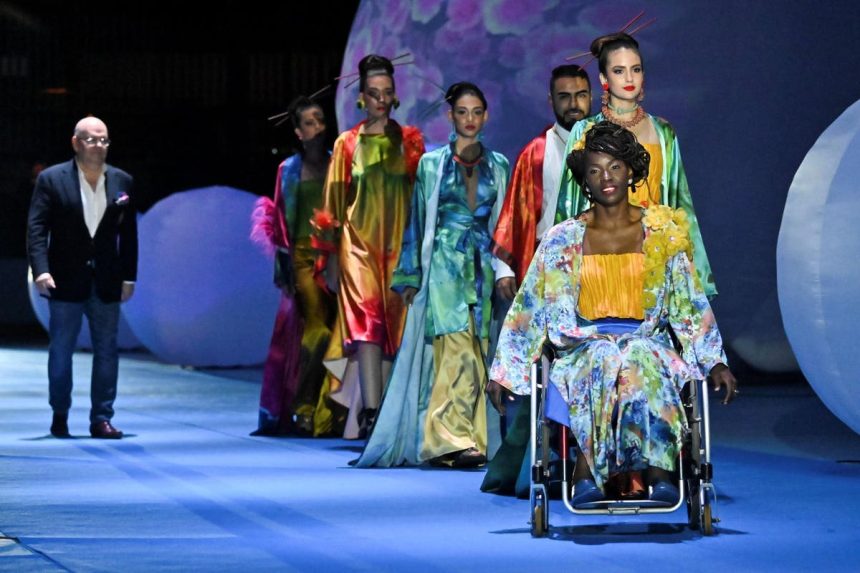As more brands are working to engage in inclusive marketing, there has been an uptick in representation for underrepresented and underserved communities. And while representation is an important element of showing consumers they belong with your brand, all representation isn’t considered equal.
People want to see themselves and or who they aspire to be reflected in the visual imagery the brands they are engaging with put forth. When people see themselves represented, it’s signal they need to take the next step forward with the brand they are interacting with. When they don’t see themselves represented, they receive the signal “this isn’t for you” which often causes them to go off in search of another option that shows them they belong.
But too often imagery, particularly of people in marginalized communities, upholds and perpetuates incorrect narratives and negative stereotypes that not only create barriers that make it so people from these communities don’t feel like they belong, but at times, those inaccurate narratives can cause harm.
Consumers have high expectations for brands who want to earn their attention, their trust, and their dollars. One of those expectations is that brands will do their part to deliver more accurate narratives about people from underrepresented communities.
Meryl Evans a disability advocate, recently expressed appreciation of brands increasing their disability representation in media and marketing on LinkedIn. In her same post, she also expressed her frustration that in most instances when brands include a deaf person in their imagery, they are signing the word ‘help.’ She added, “My fellow deafies who prefer sign language and I would appreciate avoiding the use of photos with the help sign. It infantalizes deaf people like we always need help.”
Another common narrative that needs to be changed is that of what beauty and professionalism looks like for women. When faced with job interviews, important meetings, and showing up on video to promote their business, Black women are repeatedly taking to forums to ask other members of their community if they need to wear a wig or straighten their hair for these events. For too long, the narrative about braids, locs, and other natural hairstyles has been that they aren’t professional and are not sanitary or beautiful. So many Black women have been discriminated against because of their hairstyle choices that some city and state governments has initiated anti-hair discrimination laws, known as The Crown Act.
Mariam Shahab is an inclusive communications and digital marketing strategist. She told me that even though brands and the media are getting better with how they are portraying Muslim people, there’s still a ways to go to make the narrative more accurate. She shared, “not all Muslims wear hijabs or burkas and some choose to follow the faith and pray five times a day and fast during the month of Ramadan and some don’t. But they are still identifying whether religiously or culturally as Muslim. Some may choose to wear more modest clothing and some may not.”
How Brands Can Work To Deliver More Accurate Narratives In Their Visual Imagery
It is important for marketers to have a deep degree of intimacy with the people they serve. That intimacy will provide the cultural intelligence needed to become aware of issues that concern the marginalized communities you’re working to engage.
The best way to develop customer intimacy and cultural intelligence is to spend time building authentic relationships with the people you want to serve. Spend time with them. Get to know them. Listen to them. Learn from them. Extend empathy to them.
In time you’ll know what issues trouble them, what types of things make them mad, what inspires them, what excites them, as well as what their dreams, desires, fears, and frustrations are.
In addition to establishing and maintaining customer intimacy for people from the underrepresented communities you want to serve, it is always a best practice to include them in them in your marketing process from start to finish.
Where possible build a representative team that is reflective of the customer base you want to have. If your team isn’t representative today, hire consultants, co-create with people who are part of the community, and work with diverse suppliers who have expertise in serving diverse communities.
Having the perspective of people with lived experiences on your team will help ensure you are able to produce products, experiences, and visual imagery that tells an accurate narrative and does a much better job of showing people from marginalized communities that they do belong with you.
Changing narratives doesn’t mean that you have to address the negative stereotype or narrative directly in your messaging. In many instances, the visuals will do all the talking necessary.
This superbowl commercial for Amazon Alexa did a smart job of changing the narrative about Black women, by casting a dark skinned woman with natural hair as the lead the spot opposite actor Michael B. Jordan.
Representation matters. But it’s important that the representation your brand showcases is an accurate reflection of the way the people you serve see themselves and those in their community. Ensuring you tell the correct story with your imagery is key.
Read the full article here










